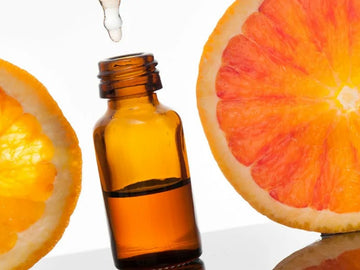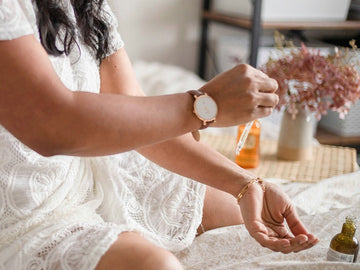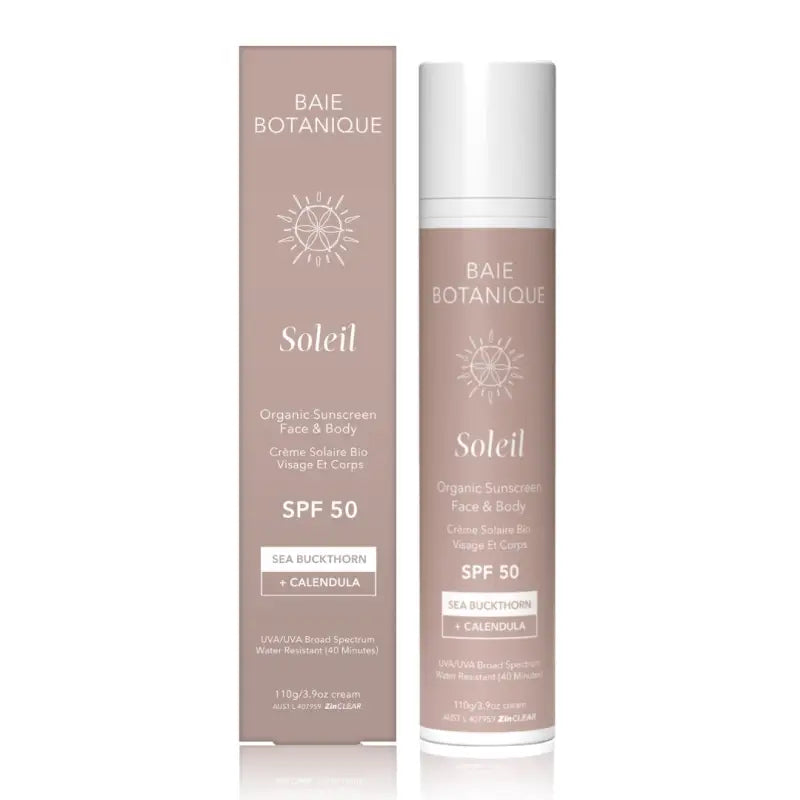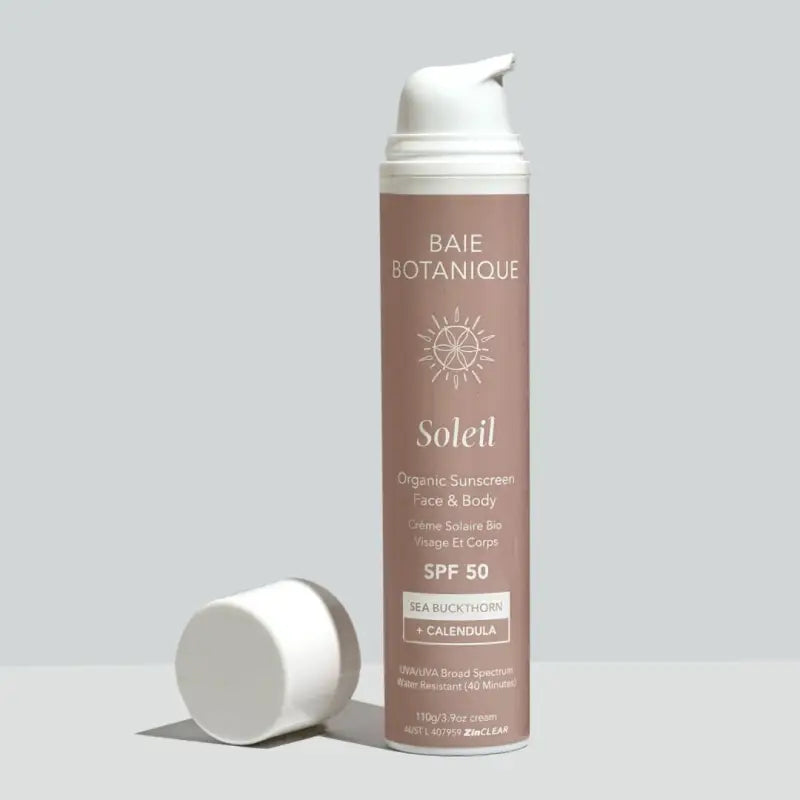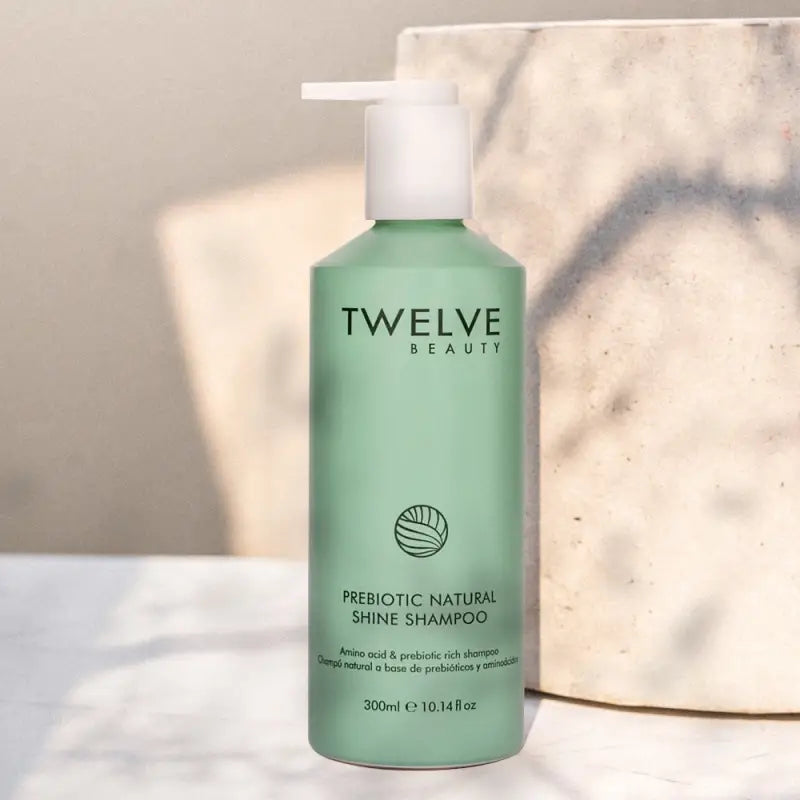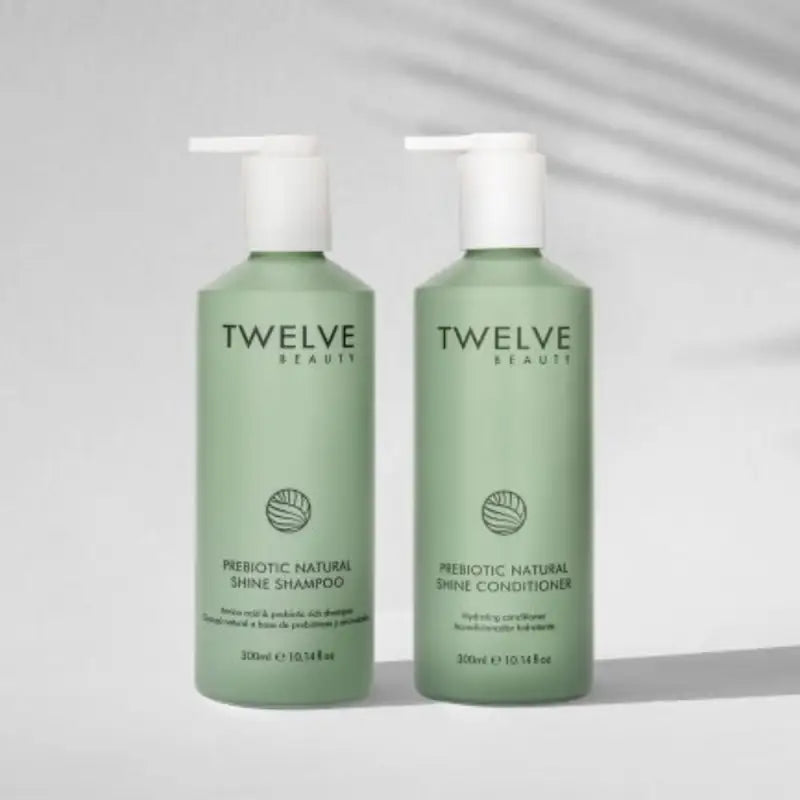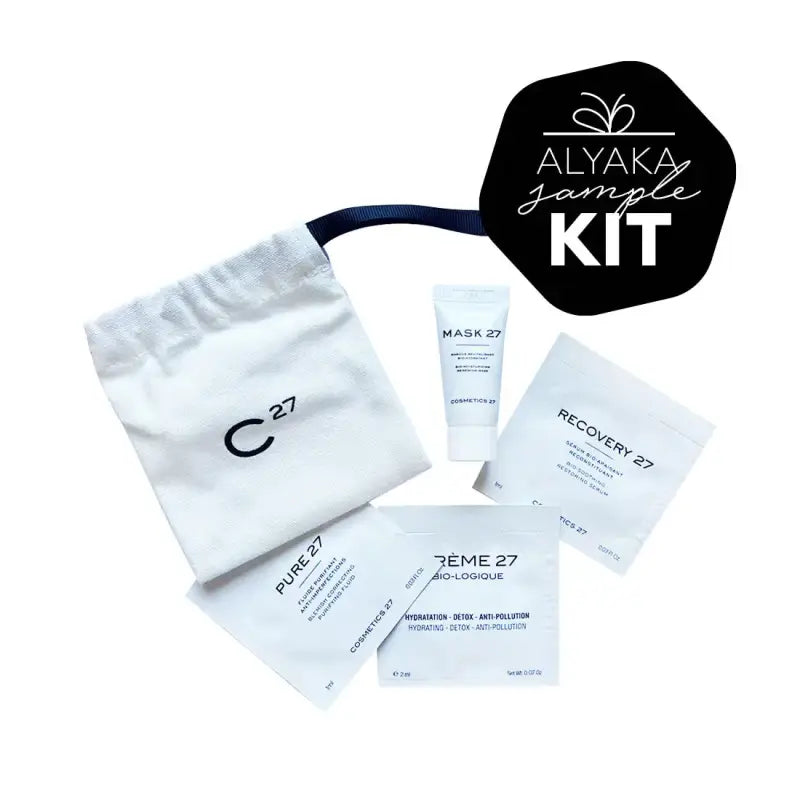Do you suffer from rosacea skin? If so, you know how frustrating and uncomfortable it can be. The good news is that there are a variety of treatments available to help reduce the symptoms of rosacea. One of the most effective ways to manage the skin condition is through an appropriate skincare regimen. In this article, we’ll discuss some tips on creating a skincare regimen for rosacea skin.
What is Rosacea?
Rosacea is a common chronic skin condition that primarily affects the face, causing redness, visible blood vessels, and often small, red, pus-filled bumps. It generally appears in the central areas of the face, such as the nose, cheeks, and chin, and can also affect the eyes, causing irritation and swelling. While the exact cause of rosacea is unknown, factors such as genetics, environmental triggers, and the presence of certain types of bacteria on the skin may play a role. Although there is no cure for rosacea, various treatment options are available to help manage its symptoms and prevent flare-ups. Understanding the symptoms, triggers, and available treatment options for rosacea is essential for individuals dealing with this condition and for those seeking to support others who are affected by it.
Common Triggers to Avoid
Rosacea is a common skin condition characterized by redness, flushing, and visible blood vessels on the face. While the exact cause is unknown, there are certain triggers that can exacerbate symptoms and lead to flare-ups.
Sun exposure is one of the most common triggers for rosacea, as UV rays can cause the blood vessels to dilate and worsen redness.Stress is another significant trigger, as it can lead to increased inflammation and flushing.Hot weather can also aggravate rosacea symptoms, causing sweating and vasodilation.Additionally, spicy foods and hot beverages are known to trigger flare-ups, as they can increase blood flow to the skin and cause flushing.
Furthermore, certain cosmetics and skincare products can also trigger rosacea flare-ups. Ingredients such as alcohol, fragrances, and abrasive exfoliants can irritate the skin and exacerbate redness and inflammation.
Individuals with rosacea may experience recurring flushing and acne-like bumps on their skin, as well as sensations of warmth, burning, itching, and other skin sensitivities.
It's essential for people with rosacea to avoid these common triggers and to take steps to manage their condition effectively. This may include using mineral sunscreen daily, practicing stress-reducing techniques, avoiding hot and spicy foods, and choosing gentle, non-irritating skincare products. By identifying and avoiding these triggers, individuals with rosacea can better manage their symptoms and maintain healthier skin.
Skin Types & Conditions
Understanding your skin type and the conditions it may be prone to is essential for proper skincare. Skin types can vary from oily to dry, sensitive to normal, and combination. Each type requires specific care and attention to keep it healthy and vibrant. Additionally, various skin conditions such as acne, eczema, rosacea, and psoriasis can affect different skin types, requiring tailored treatment and management. By knowing your skin type and being aware of potential conditions, you can better address your skincare needs and maintain a glowing complexion.
Oily Skin
Oily skin can be a challenge to manage, but with the right skincare routine, it can be kept under control. The best practices for addressing oily skin include cleansing twice daily with a gentle, oil-free cleanser to remove excess oil and dirt. It's important to avoid harsh products that can strip the skin of its natural oils, as this can actually lead to an increase in oil production. After cleansing, using a lightweight, oil-free moisturizer can help keep the skin hydrated without adding extra oil.
In addition to these best practices, there are some additional skin care tips for oily skin that can help maintain a balanced complexion. Using a toner with ingredients like salicylic acid or witch hazel can help to control oil production and minimize the appearance of pores. Incorporating a weekly exfoliating treatment can also help to remove dead skin cells and prevent clogged pores.
Finally, it's important to remember to avoid touching the face with dirty hands and to regularly change pillowcases and sheets to prevent the transfer of oils and bacteria. By following these best practices and additional skin care tips, those with oily skin can achieve a balanced complexion and keep oiliness at bay.
Dry Skin
To properly care for dry skin, start by using a gentle cleanser once daily to wash your face. Look for a cleanser that is free of alcohols, added fragrances, benzoyl peroxide, salicylic acid, witch hazel, tretinoin, menthol, peppermint, eucalyptus oil, and glycolic acid, as these ingredients can further dry out the skin. After cleansing, make sure to moisturize 2-3 times per day with a humectant-rich moisturizer. Humectants, such as glycerin and hyaluronic acid, help attract and retain moisture in the skin, helping to combat dryness.
When choosing a moisturizer, be sure to avoid products containing the above-mentioned ingredients as well. Instead, look for a moisturizer specifically formulated for dry skin that contains humectants and emollients to hydrate and soothe the skin. By following these steps and being mindful of the skincare products you use, you can effectively care for dry skin and help restore moisture and balance to your complexion.
Sensitive Skin
Skincare for sensitive skin requires gentle products that will not cause irritation or inflammation. Look for gentle cleansers that are free from harsh chemicals, fragrances, and dyes. These cleansers should effectively remove dirt and impurities without stripping the skin of its natural oils. Hypoallergenic sunscreen is also essential for sensitive skin, as it provides protection from the sun's harmful rays without causing irritation or breakouts.
It is important to avoid hot water when washing the face, as it can exacerbate sensitivity and dryness. Instead, use lukewarm water to cleanse the skin and rinse off any products. When applying skincare products, do so gently, using light and upward motions to avoid tugging or pulling on the skin. Pat the skin dry with a soft towel, rather than rubbing it, to minimize irritation.
In conclusion, it is crucial to be mindful of the products and routines used for sensitive skin. Gentle cleansers and hypoallergenic sunscreen are must-haves, and it is important to handle the skin delicately and avoid hot water to prevent irritation and maintain healthy, balanced skin.
Rosacea-friendly skin care routine.
For individuals with rosacea prone skin, establishing a gentle and effective skincare routine is essential for managing symptoms and maintaining healthy skin. This skin condition can cause facial redness, flushing, and sensitivity, making it crucial to select products and practices that soothe and nourish the skin without causing irritation. By incorporating the right skincare routine, individuals can help alleviate the symptoms of rosacea and promote a clearer, more comfortable complexion.
Developing a skin care routine is one of the most important steps an individual can take to properly manage rosacea. With appropriate medical treatment, a daily routine can help sufferers improve the overall comfort, health and appearance of their skin. By following best practices for prevention, individuals experiencing rosacea may find some relief from their condition.
The American Academy of Dermatology Association recommends that individuals with rosacea begin a tailored skin care routine in order to reduce flare-ups, maintain healthy skin and manage stinging or itching sensations.
When building a skin care routine, it is important to select products that will not trigger a rosacea flare-up. It is recommended to test a product on a small area, such as the neck, before using it extensively. If there is a reaction, it is recommended to stop using the product. Rosacea triggers can vary from person to person, so using one's body to determine triggers can be beneficial.
Gentle Cleansers & Lukewarm Water
When it comes to caring for rosacea-prone skin, using gentle cleansers and lukewarm water is crucial. Harsh cleansers and hot water can aggravate the sensitive skin associated with rosacea, leading to redness, inflammation, and discomfort.
Gentle cleansers are formulated to remove dirt and impurities without stripping the skin of its natural oils or causing irritation. Look for products that are labeled as suitable for sensitive skin or specifically designed for rosacea-prone skin.
In addition to using gentle cleansers, washing the face with lukewarm water is essential. Lukewarm water helps to effectively cleanse the skin without causing abrupt temperature changes that can trigger rosacea flare-ups. It also helps to maintain the skin's natural barrier and prevent excessive dryness.
Incorporating these practices into a daily skincare routine can make a significant difference for individuals with rosacea-prone skin. By using gentle cleansers and lukewarm water, one can help manage the symptoms associated with rosacea and promote overall skin health.
Moisturizers Containing Hyaluronic Acid, Azelaic Acid, or Zinc Oxide
If you have rosacea-prone skin, it's important to choose moisturizers that are gentle and soothing. Look for products that contain hyaluronic acid, azelaic acid, or zinc oxide, as these ingredients can help calm inflammation and provide hydration without clogging pores.
Azelaic acid is an effective treatment for people suffering from rosacea. It works by reducing the bumps, lesions, and swelling that often accompanies rosacea. Additionally, it can diminish the redness of skin and discoloration caused by this condition. Azelaic acid can be found in gel, foam, or cream form for application to the affected area of the face and neck. Depending on one's individual symptoms, a healthcare professional may prescribe a higher strength or provide advice on over-the-counter products that may be suitable.
By choosing moisturizers with these key ingredients and avoiding added fragrance and parabens, you can help manage rosacea symptoms and keep your skin hydrated and healthy. Always patch test new products and consult with a dermatologist if you have specific concerns about your skincare routine.
Sunscreen With Titanium Dioxide & Mineral-Based Formulas
When it comes to choosing sunscreen options, titanium dioxide and mineral-based formulas are excellent choices. These types of sunscreens provide broad-spectrum protection, shielding your skin from both UVA and UVB rays. Additionally, many of these sunscreens are water-resistant, making them ideal for outdoor activities or swimming.
One of the key benefits of titanium dioxide and mineral-based sunscreens is their soothing ingredients that can help minimize irritation and inflammation. These sunscreens are often gentle on sensitive skin, making them suitable for those with skin conditions such as eczema or rosacea.
Some popular sunscreen options contain titanium dioxide and mineral-based formulas includes Love Sun Body Sheer Perfection Mineral Body Sunscreen SPF50 Tiare & Vanilla Scent 90ml and Twelve Beauty Artemisia Power Protection Moisturiser SPF50+ 50ml
This mineral-based sunscreen from Love Sun Body is specifically formulated for those with rosacea-prone skin. Formulated with titanium dioxide, this sheer formula provides broad spectrum UVA/UVB protection and creates a physical barrier on the surface of the skin to protect against environmental aggressors. The addition of Tiare & Vanilla scent ensures that you smell great all day long!
The Artemisia is Power Protection Moisturiser from Twelve Beauty is a lightweight, mineral-based sunscreen that provides SPF50+ protection. Formulated with zinc oxide and titanium dioxide, this moisturiser is also enriched with pomegranate extract to help reduce inflammation and soothe sensitive skin.
In conclusion, choosing sunscreen options with titanium dioxide and mineral-based formulas can provide you with the broad-spectrum protection you need, while also offering water resistance and soothing ingredients to help keep your skin healthy and protected.
Exfoliate With Glycolic Acid or Salicylic Acid Once Per Week
Exfoliating with glycolic acid or salicylic acid once a week is an effective way to remove dead skin cells and reveal smoother, brighter skin.
After cleansing your face, apply a thin layer of the exfoliant and leave it on for a few minutes to allow the glycolic acid or salicylic acid to work its magic. Be sure to avoid the delicate eye area and any areas of broken or irritated skin. When the time is up, rinse off the exfoliant with lukewarm water to prevent any excess irritation.
It's important to note that these acids may increase sensitivity to the sun, so be sure to apply sunscreen daily to protect your skin. With regular use, exfoliating with glycolic acid or salicylic acid can help to improve the texture and appearance of your skin, leaving you with a healthy, radiant glow.
Treat Flare-Ups with Witch Hazel or Other Cooling Agents
To treat flare-ups with witch hazel or other cooling agents, start by applying a small amount of the product directly to the affected area. Gently massage it in until it is completely absorbed, and repeat as needed throughout the day. Witch hazel and other cooling agents have anti-inflammatory properties that can help reduce redness, swelling, and discomfort associated with flare-ups. By applying the product directly to the affected area, you can experience relief from the symptoms of the flare-up. Witch hazel, in particular, is known for its soothing properties and has been used for centuries as a natural remedy for various skin conditions. Using cooling agents like witch hazel can provide a calming and refreshing sensation while also helping to reduce the inflammation and discomfort. Remember to keep the affected area clean and dry, and discontinue use if any irritation occurs. By incorporating witch hazel or other cooling agents into your flare-up treatment routine, you can help alleviate the redness and discomfort associated with the condition.
Top products for Rosacea Skin
If you have rosacea, finding suitable skincare products can be a daunting task. Here are the top 5 skin care products specifically curated for rosacea-prone skin, infused with soothing ingredients to alleviate redness and irritation, while being free from alcohol, sodium lauryl sulfate, and alpha hydroxy acids to avoid triggering rosacea.
1. Susanne Kaufmann Protection Serum: This calming serum contains niacinamide and allantoin to soothe and protect sensitive skin, while reducing redness and inflammation.
2. Agent Nateur Holi (C) The C Duo Calcium & Vitamin C: Infused with calming ingredients like calendula and Cica, this Vitamin C serum helps to brighten the skin without causing irritation.
3. HoliFrog Utopia Microflora Toner: This alcohol-free toner is formulated with gentle, skin-balancing ingredients like Cica to soothe and restore the skin's natural barrier.
4. African Botanics Cloudburst Micro-Emulsion Balancing Moisturiser: This lightweight moisturizer is enriched with niacinamide to calm redness and irritation, making it perfect for rosacea-prone skin.
5. Oskia Skincare Violet Water Treatment Tonic: This soothing toner contains botanical extracts like calendula to calm and hydrate sensitive skin, making it ideal for those with rosacea.
These products are carefully selected to cater to the needs of rosacea sufferers, ensuring that they are gentle, alcohol-free, and infused with calming ingredients to prevent irritation and redness while promoting healthy, balanced skin.
Top 10 Facts about Rosacea
1. Rosacea is a common, chronic skin condition that primarily affects the face, causing redness, visible blood vessels, and bumps or pimples.
2. The most common symptoms of rosacea include facial flushing, persistent redness, bumps and pimples, visible blood vessels, and eye irritation.
3. Rosacea is estimated to affect over 16 million Americans, and worldwide, it may impact as many as 415 million people.
4. The exact cause of rosacea is unknown, but it is believed to be a combination of genetic and environmental factors, such as sun exposure, spicy foods, alcohol, and stress.
5. There are four subtypes of rosacea: erythematotelangiectatic (characterized by redness and visible blood vessels), papulopustular (involving bumps and pimples), phymatous (resulting in thickened skin), and ocular (affecting the eyes).
6. Treatment options for rosacea include topical medications, oral antibiotics, laser therapy, and lifestyle changes such as sun protection and avoiding triggers.
7. Living with rosacea may require managing lifestyle factors that can exacerbate symptoms, such as avoiding spicy foods, alcohol, and extreme temperatures.
8. Rosacea can also be linked to certain underlying health conditions, such as gastrointestinal diseases, and it may be associated with increased risk of cardiovascular disease.
9. While rosacea is more commonly diagnosed in adults, it can also affect children and young adults.
10. Research into the causes and treatment of rosacea continues, with ongoing studies focused on developing new therapies and better understanding the condition's genetic and environmental factors.





